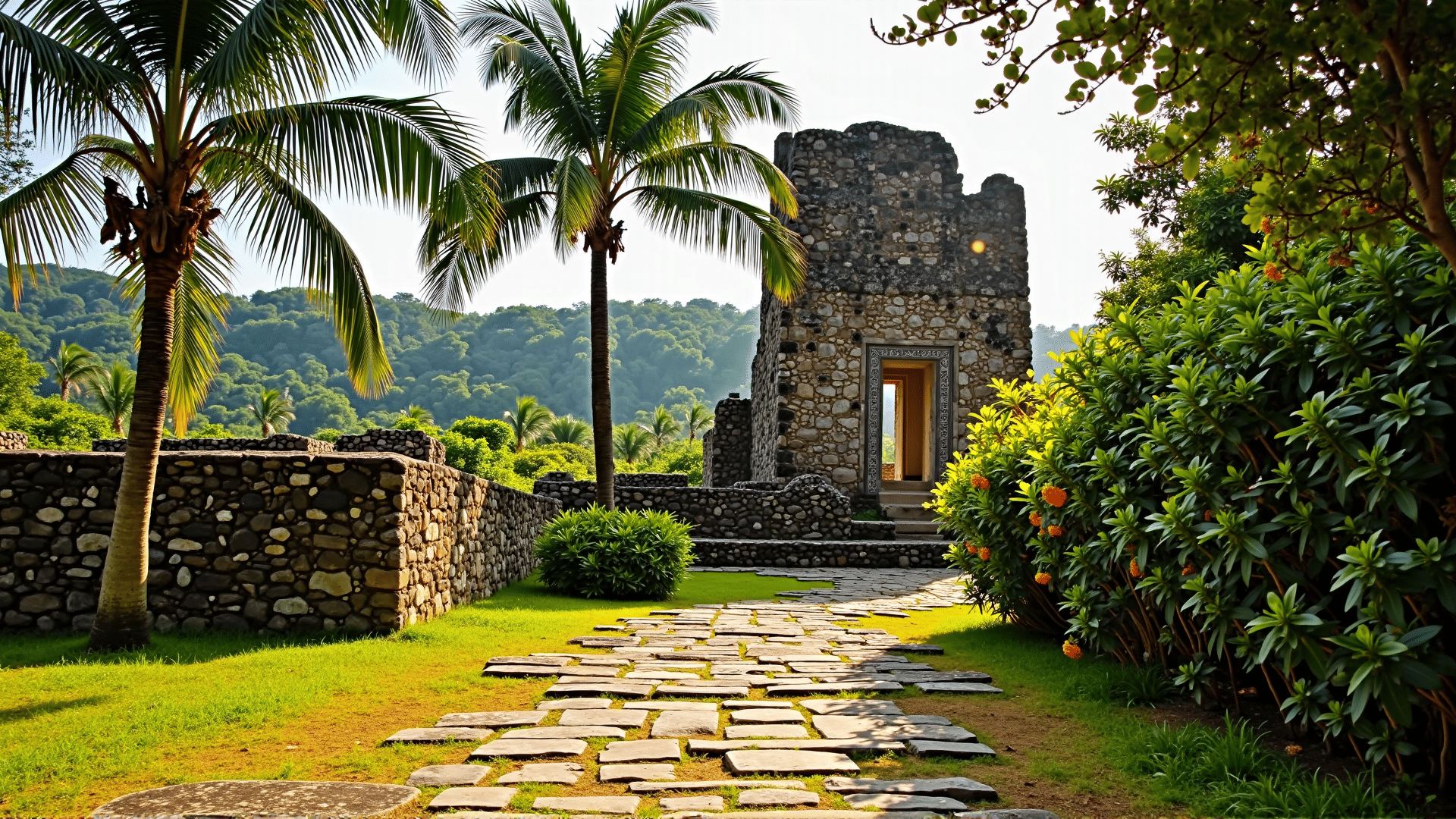Nestled in the heart of Southeast Asia, the Philippines is a vibrant tapestry of history and culture waiting to be discovered. This Southeast Asian archipelago is a melting pot of influences, enriched by centuries of diverse interactions and traditions. From its stunning natural landscapes to its architectural marvels, the Philippines is a testament to the resilience and creativity of its people.
A journey through the Philippines is like traversing a living museum with its array of historical landmarks. One iconic site is the enduring walled city of Intramuros in Manila. Built during the Spanish colonial period, Intramuros stands as a stunning representation of the confluence of local and foreign influences. With its cobblestone streets and well-preserved fortifications, visitors are transported back to the era of galleons and colonial baroque architecture.
Moving northward to the rice terraces of Banaue, visitors witness a marvel of indigenous ingenuity. Carved into the mountains by the Ifugao people over two millennia ago, these terraces are a harmonious blend of human effort and nature. Recognized as a UNESCO World Heritage site, they reflect a sustainable way of life that has provided rice and vegetables to countless generations.
Further south, the Miagao Church in Iloilo showcases another aspect of the country's rich heritage. This church, a stunning example of Filipino Baroque architecture, stands proudly with its intricate carvings depicting both religious scenes and elements of local culture. Its thick walls, designed to withstand both time and conflict, are adorned with artistic representations that echo the blending of local and foreign artistic styles.
In addition to these remarkable sites, the cultural heartbeat of the Philippines is also evident in its festivals. Throughout the year, colorful celebrations burst forth in every corner of the nation. The Ati-Atihan Festival in Kalibo is one such event that transforms the streets into a vibrant spectacle of colors, dances, and the rhythmic beating of drums, celebrating the mix of indigenous and religious traditions.
Every region in the Philippines offers a unique story through its people, customs, and crafts. From the intricate weaves of the T'boli's T'nalak fabric to the rhythmic beat of the kulintang and the passionate performances of the Moro-Moro plays, each facet of Filipino culture tells a story of a diverse and enduring spirit.
The intangible heritage, embodied in oral traditions and performing arts, holds as much significance as the physical landmarks. Traditional epics like the "Hudhud" of the Ifugao, passed down through generations, are timeless narratives that preserve the wisdom and values of the people.
As a nation that treasures its past while embracing the present, the Philippines offers a journey through time. Its rich cultural heritage invites travelers to explore and engage with a legacy that continues to shape its identity. For those willing to listen and learn, the Philippines holds countless stories waiting to be heard and shared.
